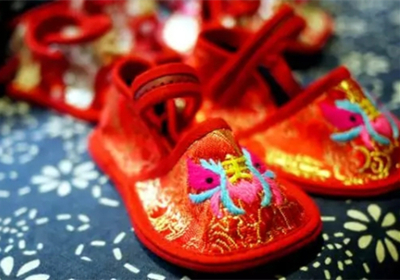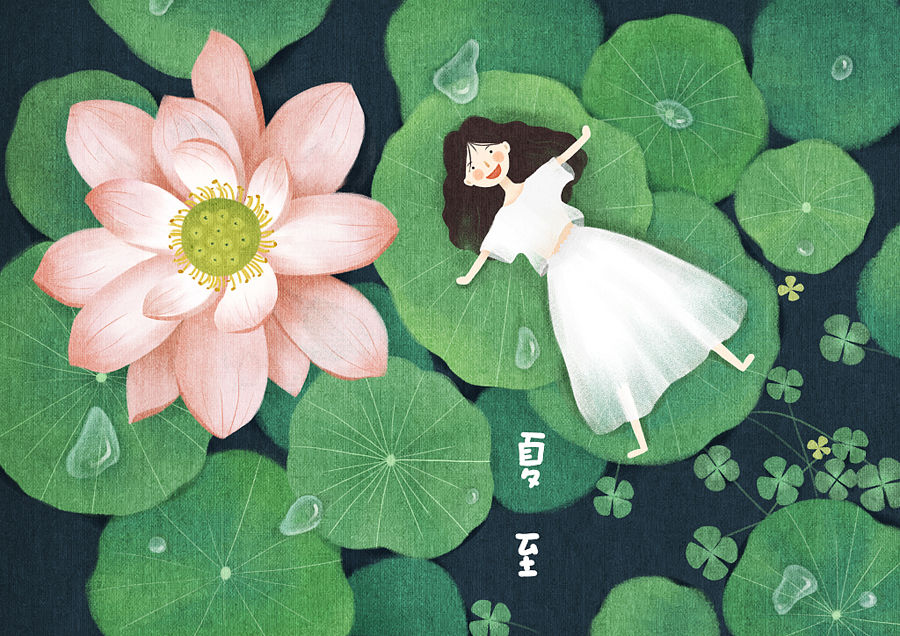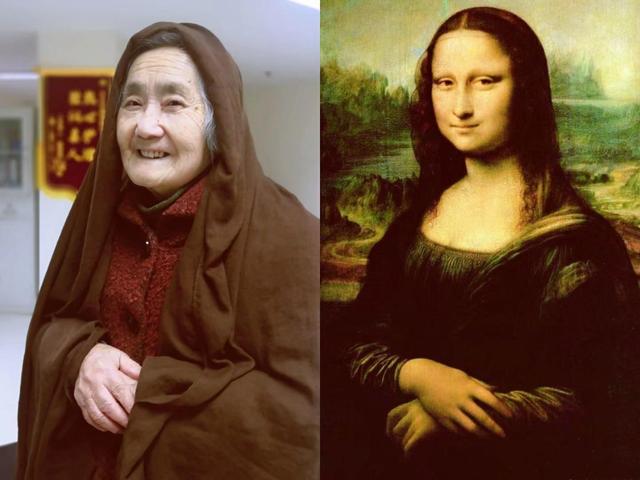A group of craftsmen in Kunshan, an ancient water town in Jiangsu province still keeps Chinese traditions to inherit the ancient craftsmanship. Tiger-head shoes, wood-carving, bamboo weaving and other items showcase the exquisite beauty of Chinese traditional handicrafts.
Embroidered shoes with bright colors and intricate patterns are traditional apparel for children in China symbolizing good wishes. On a warm winter day, grandmas wearing presbyopic glasses sit quietly and focus on making tiger-shoes for their grandchildren. The tiger-shoe is one of the country's traditional embroidered shoes, so named because the tips of the shoes are said to resemble the head of a tiger.
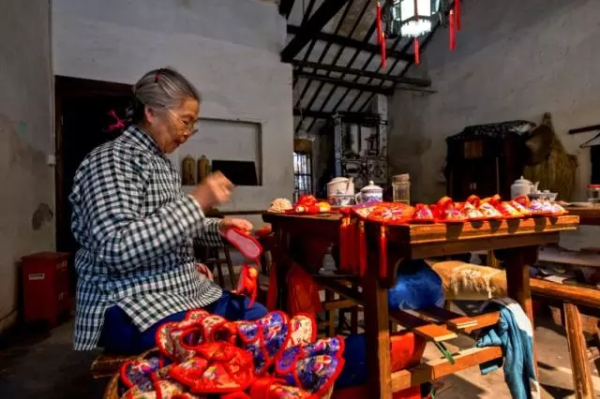
Elder shoemakers wearing presbyopic glasses focus on making tiger-shoes for their grandchildren. [Photo provided to chinadaily.com.cn]
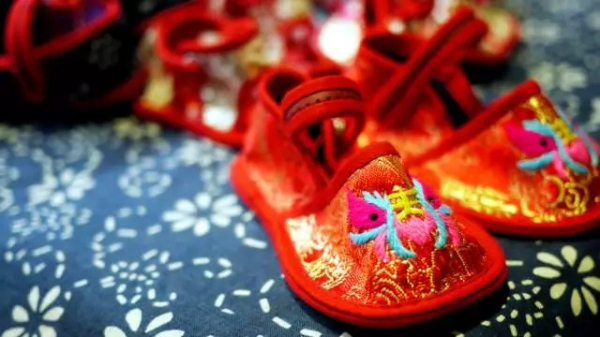
A pair of exquisite tiger-shoes [Photo provided to chinadaily.com.cn]
In Zhouzhuang, the ancient water town in Kunshan, the moment you walk into the century old wine workshop, a strong fragrance of wine seduces you into a drunken appreciation of the beautiful setting. The ancient wine workshop inherits the traditional brewing process. An urn of fine wine goes through eight processes such as fermentation.
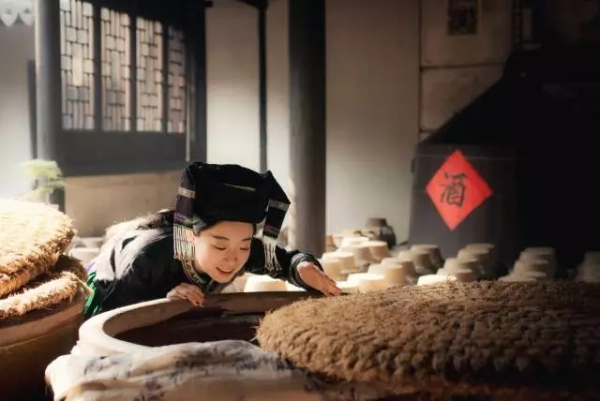
The ancient wine workshop gives out the fragrance of wine. [Photo provided to chinadaily.com.cn]
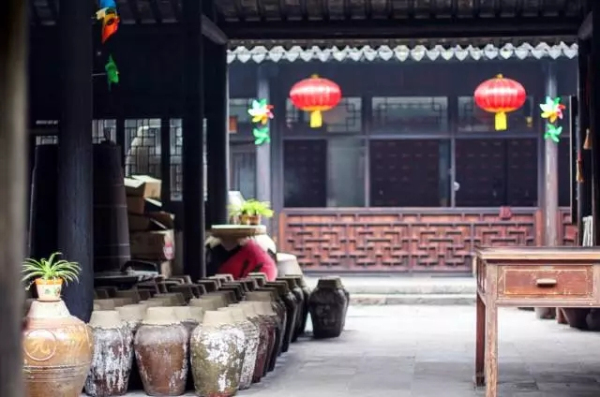
The ancient wine workshop is a beautiful setting. [Photo provided to chinadaily.com.cn]
Bamboo weaving has a long history in the ancient town. The intricate bamboo weaving conveys the handicrafts of the bamboo master from generation to generation. A piece of ordinary bamboo can be changed into various utensils or some interesting animal models by being folded several times in a skilled master's hands.
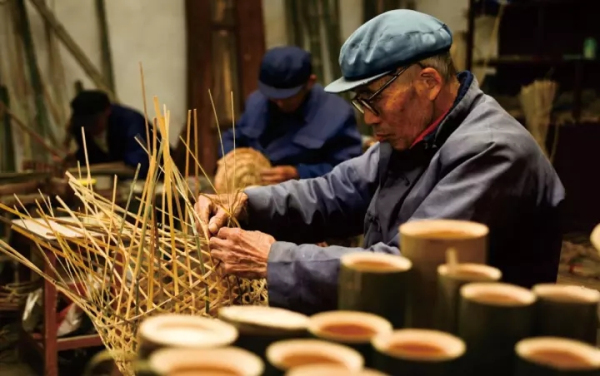
An experienced bamboo weaver at work. [Photo provided to chinadaily.com.cn]
Ironware is another highlight in Kunshan . Stoves, sparks and sounds create a strong flavor of local traditional life. In the workshop, visitors can watch the processes and emulate blacksmiths. Of course, they can also buy ironware.
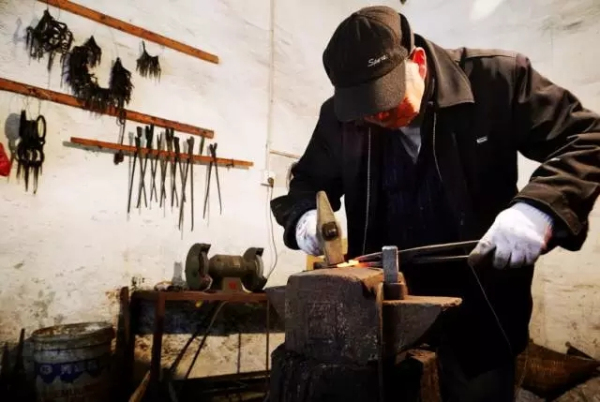
A blacksmith indulges in his creation in his booth. [Photo provided to chinadaily.com.cn]
Pit carving, the miniature folk art of carving fruit and nut pits has been practiced in China for centuries. Carved on the pits of fruits or nuts, these handicrafts can be shaped to look like humans, animals, landscapes and pavilions. Materials such as walnuts, peach nuts, olive nuts, apricot nuts or cherry nuts are needed for pit kernel carving. The olive nut is the best for engraving because it is as small as a finger, fully reflecting the precise skill of a craftsman.
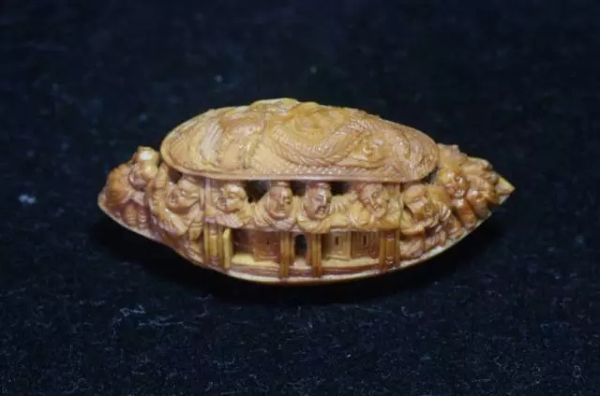
An exquisite pit carving is shaped to represent eight Buddhas. [Photo provided to chinadaily.com.cn]
